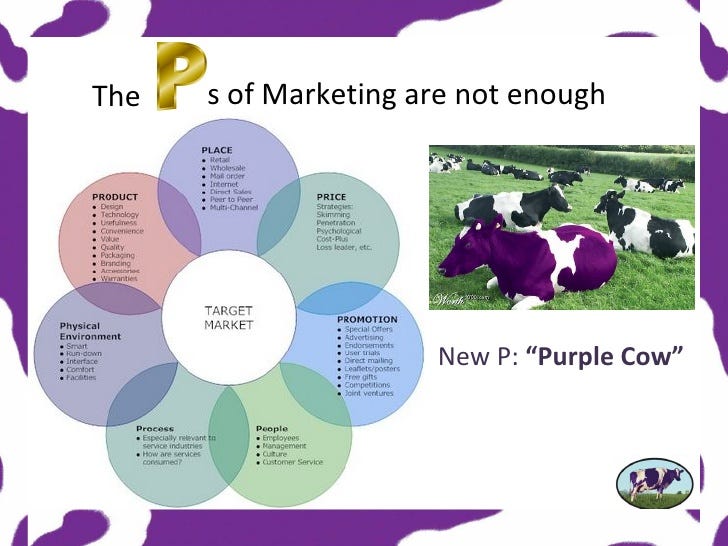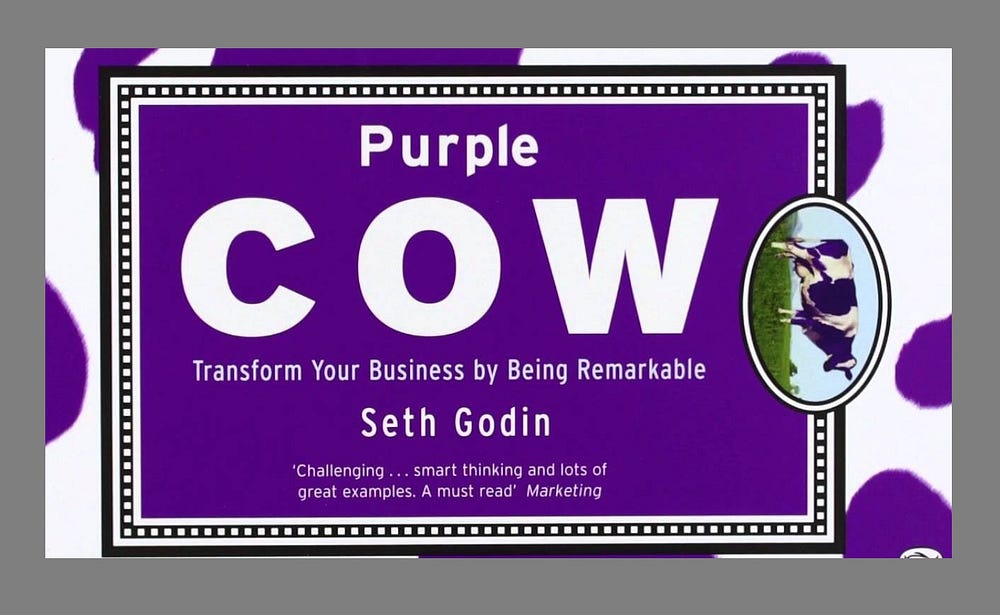 |
| SPIN Selling; book summary and notes |
SPIN selling was published in 1988, and at that time it was considered to be the most heavily researched book on sales ever created. The research was compiled over 12 years and 35,000 sales calls, and 1 million dollars in research.
The study was compiled from 116 factors that might play in part in sales performance. The studied was centered around the larger sale. Up until this time a lot of sales training was centered around the smaller scale. In small sales the consumer is less conscious about value. As the size of the sale increases, successful sales people must build up the perceived value of their products and services. The building of perceived value is probably the most single important selling skill in larger sales. The SPIN model is developed around this concept. The study found that the salespeople who didn’t successfully transfer handling larger sales were those who had a difficulty building the customer’s perception of value.
Four stages of a sales call:
1. Preliminaries: These are important, but have less impact on the sale than originally though in the study.
2. Investigating: Asking better questions can increase sales by more than 20 percent the study found.
3. Demonstrating Capability: As the size of the sale increases the ability to demonstrate that your solution can solve the customers problems is a must. The bigger the problem that you can help the buyer discover, the more likely you have to sale them your solution.
4. Obtaining commitment: Finally a successful sales call will end with some sort of commitment from the customer. In smaller sales it is a purchase. In larger sales it is a lot more. They are called advances. Small commitments that get you closer to the bigger sale.
SPIN SELLING:
Situation questions: Don't irritate your buyer with questions that are not relevant. Don’t overuse them because to many question can bore the buyer.
- Are used more in calls which fail
- Are overused by inexperienced sales people.
Needs: (In this book the author uses the term to describe the buyers wants and needs)
- First sign of a need is when the buyer shows a slight discontent or dissatisfaction.
- Starts with minor imperfections
- Evolves into clear problems, difficulties, or dissatisfaction.
- Finally becomes wants, desires, or intentions to act.
Implied Needs: Statements by the customer of problems, difficulties, and dissatisfactions.
Explicit Needs: Specific customer statements of wants and desires. EX: We need a faster system.
- Less successful sales people don’t differentiate between Implied and Explicit Needs, so they treat them the same way.
- Very successful sales people, often without realizing they are doing so, treat Implied Needs in a very different way than Explicit Needs.
- In small sales the more Implied Needs you can uncover, the greater the chances of success in selling.
- Implied needs are buying signals in small sales, but not in large.
- In larger sales the ability to take the Implied needs and convert them into Explicit Needs is where success occurred in the study. The purpose of your questions should be to uncover Implied Needs and to develop them into Explicit Needs.
Problem Questions: These are questions that identify problems or concerns for the buyer. Questions like: “Is this operation difficult to perform?” “Are you worried about the quality that this machine performs?” These questions explore problems, difficulties, and dissatisfaction in areas where the sellers product can help.
- Problem questions are more strongly liked to sales success than situation questions are.
- In smaller sales the link is very strong the more Problem questions the seller asks, the greater the chances the sale will be successful.
- In larger sales, Problem questions are not strongly linked to sales success. Theres no evidence that by increasing your problem questions can increase your sales effectiveness.
- If you can’t solve a problem for your customer, then there’s no basis for a sales. But if you can uncover problems you can solve, then you’re potentially providing the buyer with something useful.
Implication questions: In smaller sales, sellers can be very successful if they just know how to ask good situation and problem questions. In larger sales this is not enough, successful people need to ask a third type of question. Implication questions: EX: “How will this problem affect your future profitability?” “What effect does this reject rate have on customer satisfaction?” Implication questions take a customer problem and explore its effects or consequences.
- Are strongly linked to success in larger sales
- Build up customers perception of value
- Are harder to ask than Situation or Problem questions.
- Implication questions increase the size of the problem in the buyer’s mind.
- Decision makers respond very well to Implication questions. They are the ones whose success depends on seeing beyond the immediate problem to the underlying effects and consequences.
- Implications are the language of decision makers, and if you can talk their language, you’ll influence them better.
Need-Payoff questions: EX: “Would it be useful to speed this operation by 10 percent?” “If we could improve the quality of this operation, how would that help you?” In the studies, they found that top performers ask more than 10 times as many Need-Payoff questions per sale than average performers.
- Are strongly linked to success in larger sales
- Increase the acceptability of your solution
- Are particularly effective with influencers who will present your case to the decision maker.
- Need-Payoff questions have succeeded in focusing customer attention on solutions rather than problems.
- Need-Payoff questions reduce objections.
These questions do two things:
- They focus the customer’s attention on the solution rather than on the problem.
- They get the customer telling you the benefits. EX: How do you think a faster machine would help you?”
How to use SPIN questions:
- Before the sale, write down three potential problems which the buyer may have and which your products or services can solve.
- Write down actual problem questions that you could ask to uncover each of the potential problems you’ve identified.
Planning Implication Questions:
- Write down a potential problem the customer is likely to have
- Then ask yourself what related difficulties this problem might lead to and write these down. Think of these difficulties as the implications of the problem.
- For each difficulty, write down questions it suggests.
Features:
- Have a positive effect on small sales.
- Are neutral or un-persuasive in larger sales.
- Users respond more positively to Features than do decision makers
Benefit:
- Facts or characteristics of a product or service.
- Shows how a feature can help a customer.
- A Benefit must have a cost saving for the buyer
- A Benefit is any statement that meets a need.
- A Benefit has to appeal to the personal ego needs of the buyer, not to organizational or departmental needs.
- A Benefit must be something which you can offer and which your competitors can’t.
- A benefits gives a buyers motive.
Advantages:
- Show how a product or service can be used or can help the customer.
- Have a positive effect on small sales but little effect on larger sales.
- Have less impact late in the selling cycle.
Focus on the problems that your product solves and on thinking up the questions that will uncover and develop these problems, is a proven successful method of selling.
Objections/hesitations:
- Objection handling is much less important skill than most training makes it out to be.
- Objections, contrary to common belief, are more often created by the seller than the customer.
- In the average sales team, there’s usually one salesperson who receives 10 times as many objections per selling hour than another on the same team.
- Skilled people receive fewer objections because they have learned objection prevention, not objection handling.
- Customers are most likely to raise price objections where the seller gives lots of features. It seems that the effect of Features is to increase the customers sensitivity to price.
- You will get an objection if you provide a solution before you have developed the need.
Objections too early: Customers rarely object to questions unless you have found a way to ask offensive questions. Dont do this. Most objections are to solutions that don’t fit needs. If you’re getting a lot of objections, it probably means that instead of asking questions you have been prematurely offering solutions and capabilities. Don’t talk about your solutions until you’ve asked enough questions to develop strong needs.
Objections about value: If most of the objections you receive raise doubts about the value of what you offer, then there’s a good chance that you’re not developing needs strongly enough. Typical value objections would be it’s too expensive, I don’t think its worth the trouble of changing from our existing supplier. In cases like these, customer objections tell you that you haven’t succeeded in building strong need. The solution lies in better needs development, not in objection handling. Particularly if you are getting price objections, cut down on the use of features and, instead, concentrate on asking Problem, Implication, and Need-Payoff questions.
Notes about closing:
- In low value sales, given unsophisticated customers and no need to develop a containing customer relationship, closing techniques can work very effectively. With professional buyers closing techniques make you less effective and reduce your chances of getting the business.
- In larger sales since it requires many steps in the sales process and may people. The close may be an advance. Which means the sales is advancing to the next step. All good sales people realize what they are looking for during each step of the sales process.
- If you can convince buyers that they need what you are offering, then they will often close the sale for you.
- Instead of focusing on closing the sale, look at it as, opening a relationship.
My hope is that you found a few nuggets in here that will help you be more successful in selling. This is obviously a book summary and my notes (what I highlighted in the book), so if you want more information I would encourage you to read the book. My summaries are an attempt to add value to someones life, my hope is that you did receive that value. If you did, show me, and please share with me your thoughts and takeaways.
To your success and your future.







